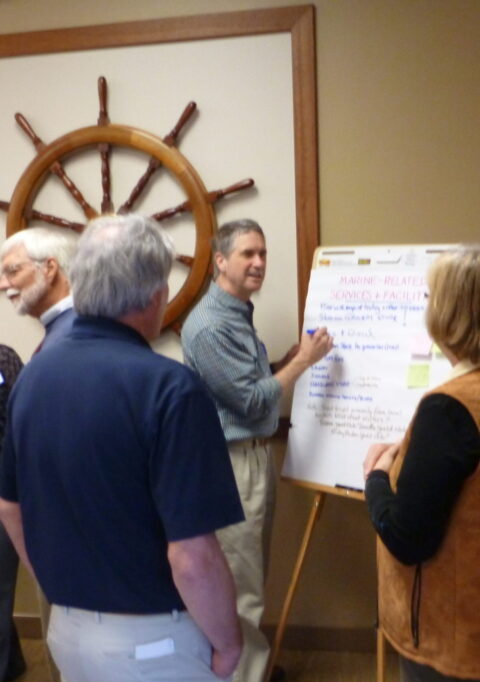Community Based Social Marketing Streamside Vegetation Restoration

Client: Skagit Conservation District
Problem: Current streamside vegetation restoration in Skagit County is not achieving adequate shading of streams, reduction in stream temperatures, and associated increases in salmon survivability. Several streams in the Skagit Watershed are reaching temperatures in the summer months that are detrimental and potentially lethal to juvenile salmon. While there are several factors affecting stream temperatures, streamside vegetation restoration is one effective tool for shading streams. Our team wanted to learn more about the barriers from a landowner’s perspective that prevent them from voluntarily installing more streamside vegetation.
Case Study: Veda Environmental and Peak identified barriers landowners have to voluntary participation in streamside vegetation restoration on their property. Our project team applied Community Based Social Marketing (CBSM) processes including a scientific literature review, one-on-one landowner and practitioner interviews, and an online survey to inform the development of a pilot streamside vegetation program in Skagit County.
In this case, a key element of CBSM was to understand landowner attitudes, interests, concerns, and barriers preventing voluntary participation. The streamside vegetation efforts in the Skagit can now be adjusted to encourage higher levels of participation.
Impact: Because we better understand the landowner perspectives, the development of a pilot streamside vegetation program has the potential to positively shift landowner participation in the process and improve the amount of streamside vegetation shading streams in the Skagit Watershed. This CBSM approach has the potential to improve landowner representation in the development, implementation, and promotion of this pilot streamside vegetation restoration program. Shading streams will help to maintain lower stream temperatures to improve the survivability of salmon on their journey through the Skagit Watershed.














